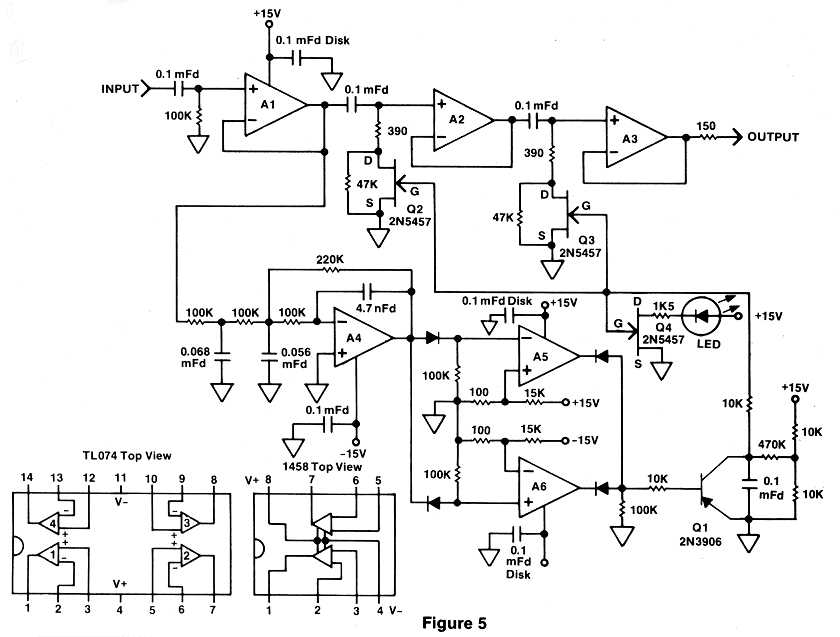I came across these filters on the net, by Ethan Winer (1981):
FULL ARTICLE:
http://www.ethanwiner.com/filters.html
Vocal Pop Filter and Hum Injector/Remover
(is there a way to reduce the size of this image??)
I realize that in today's world, these problems are easily overcome on a computer, after the recording. And that the best way to remove hum, is at it's source, before recording. But I will be making these portable and battery operated (more about this further), for location recording. An adequate pop shield is preventetive, but not always practicle in the field..."on the fly" if you will. even in the studio, there will always be the time when the "performer' could "pop" directly into the mic (instead of the preferred "singing across the mic).
I'm not even sure if these are usefull enough, but I'm building them, and your comments here are welcome.
Some newbie Q's:
1) How to configure the filters to be used in a balanced setup ?
2) (from above) Will the Hum injector work from batteries?
3) Which opamps to be used in Hum filter ?
4) The unmarked pad at the bottom of A6 is to be -15v ? (pop schematic)
5) I have Jfet 2n3819's on hand...instead of the 2n5457 ??
Pop Filter:

=FB=
FULL ARTICLE:
http://www.ethanwiner.com/filters.html
Vocal Pop Filter and Hum Injector/Remover
(is there a way to reduce the size of this image??)
I realize that in today's world, these problems are easily overcome on a computer, after the recording. And that the best way to remove hum, is at it's source, before recording. But I will be making these portable and battery operated (more about this further), for location recording. An adequate pop shield is preventetive, but not always practicle in the field..."on the fly" if you will. even in the studio, there will always be the time when the "performer' could "pop" directly into the mic (instead of the preferred "singing across the mic).
I'm not even sure if these are usefull enough, but I'm building them, and your comments here are welcome.
Some newbie Q's:
1) How to configure the filters to be used in a balanced setup ?
2) (from above) Will the Hum injector work from batteries?
3) Which opamps to be used in Hum filter ?
4) The unmarked pad at the bottom of A6 is to be -15v ? (pop schematic)
5) I have Jfet 2n3819's on hand...instead of the 2n5457 ??
Pop Filter:

=FB=


































